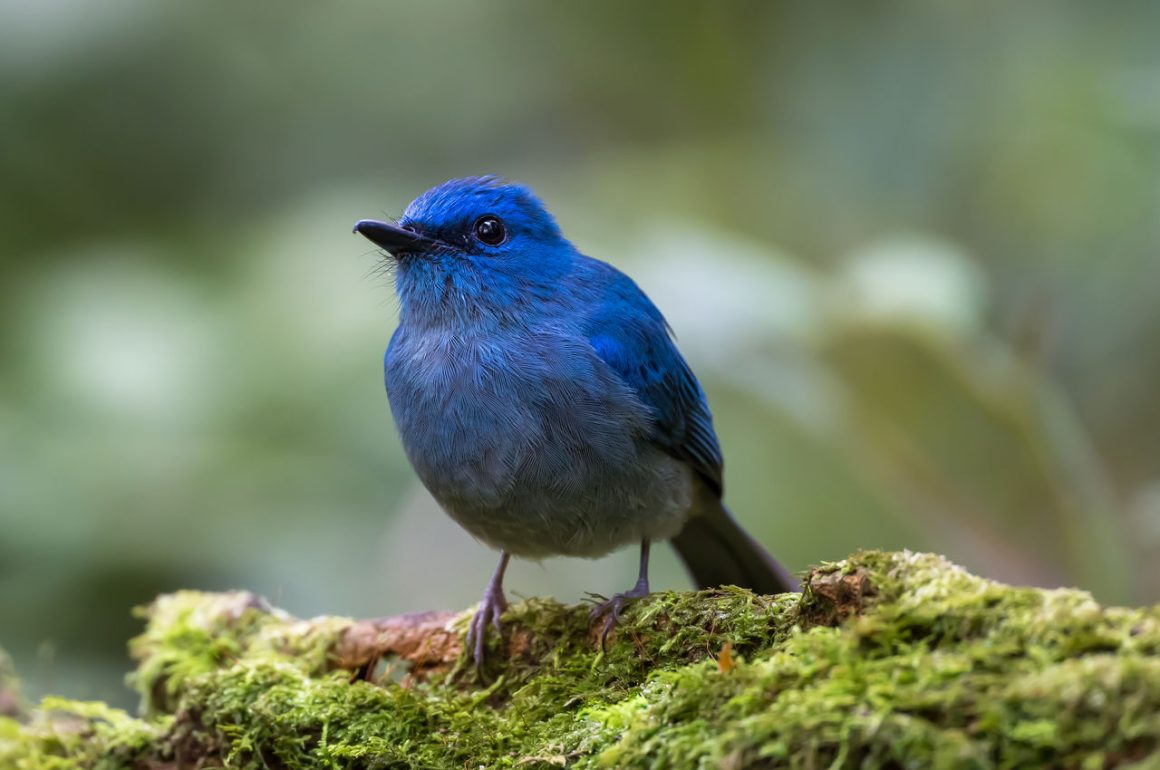
Waiting at a blind in the hills and protected area of Banyuwangi in East Java, the main target was White-faced Partridge (other name Grey-breasted Partridge), a bird described by eBird as a “unique partridge of Java’s eastern highlands”. However, in what can only be described as an affront to me and all readers of 10,000 Birds, it did not show up on two consecutive mornings.
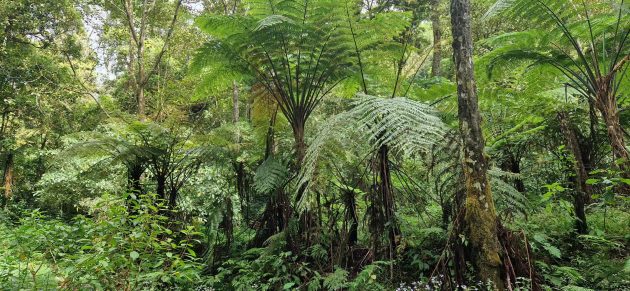
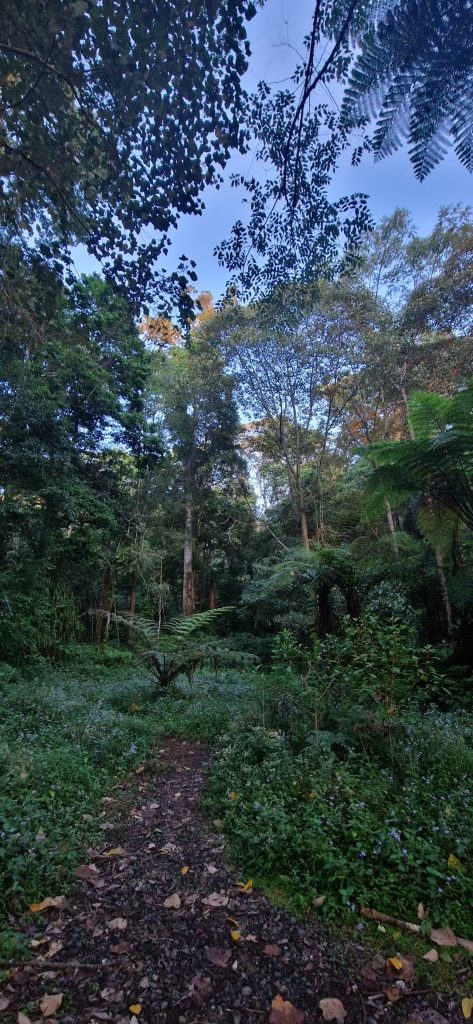

That left me with a few other species. My favorite among these was the Sunda Warbler, a “handsome and distinctive warbler” according to eBird …
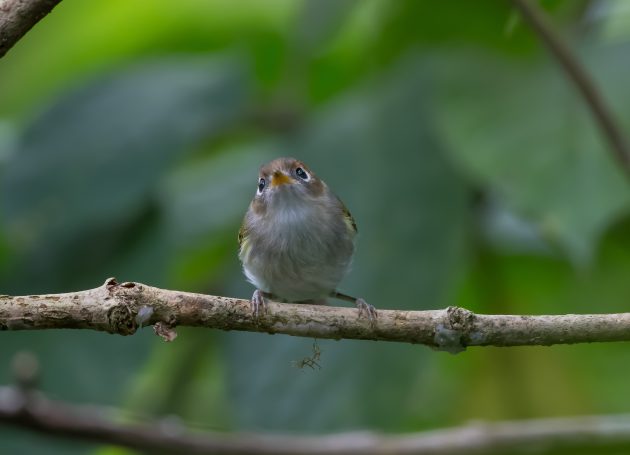
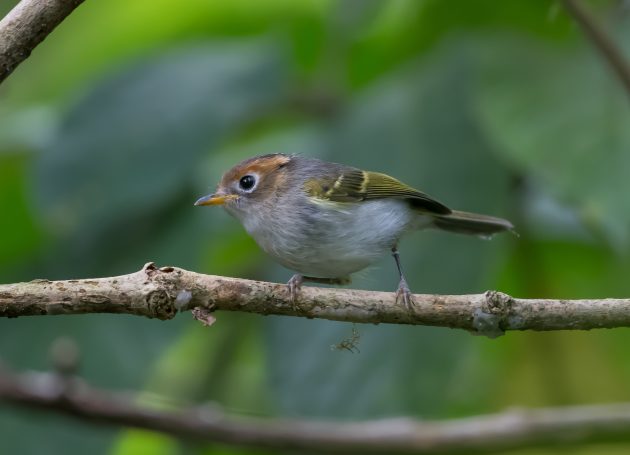
… while Cornell goes for “sprightly little warbler”.
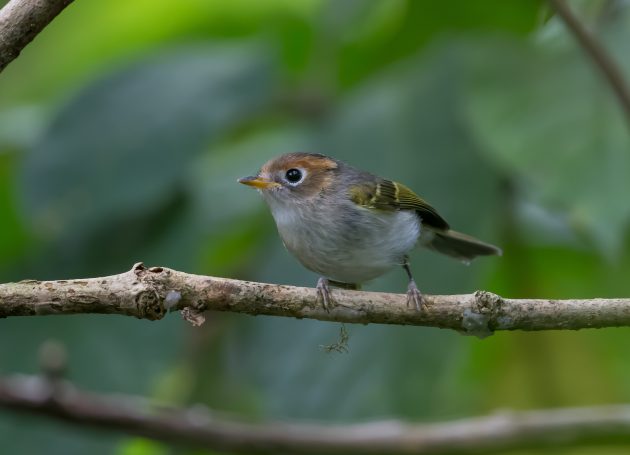
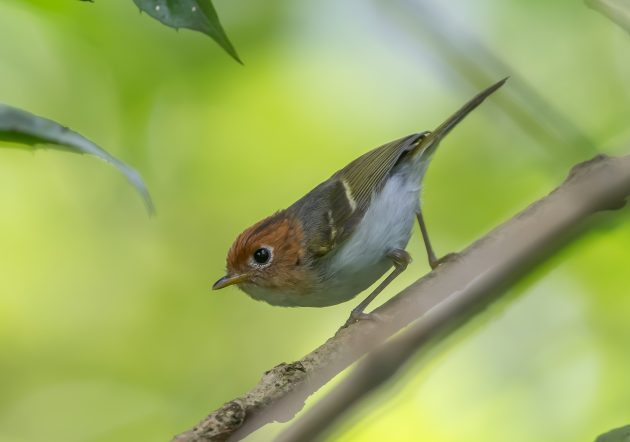
The scientific name Phylloscopus grammiceps presumably refers to the two yellow bars formed by the tips of wing coverts (grammiceps means striped).
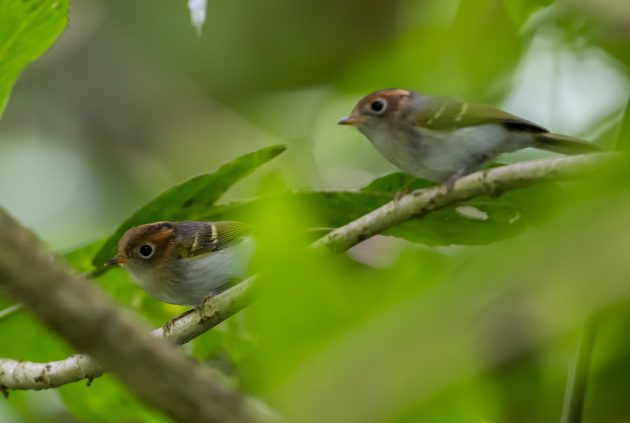
Incidentally, the other Phylloscopus warbler I saw here, the Mountain Leaf Warbler (Phylloscopus trivirgatus), also has a scientific name referring to stripes – trivirgatus means three-striped.
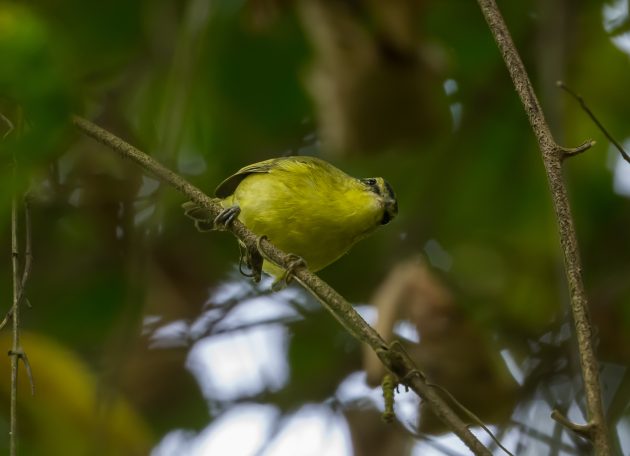
The song of this warbler is described as “unmusical … rapid, slurred and high-pitched phrases” by Cornell but as “highly complex” by another source. Maybe some of the music I like would also be described very differently by other people.
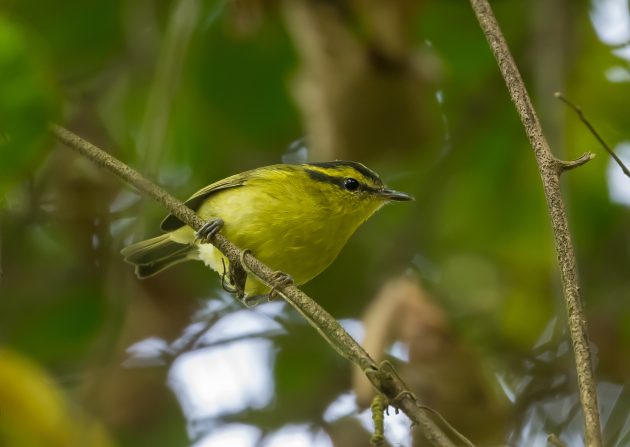
The Javan Bulbul has a patchy, scary-looking distribution on Java, but it is categorized as Least Concern.
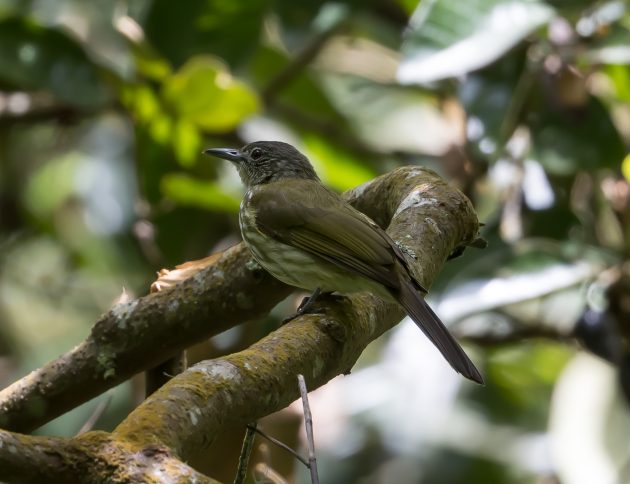
The scientific name Ixos virescens does not make it sound like a particularly exciting bird (virescens means greenish). eBird seems to take the hint and calls it a “sombrely-colored bulbul”.
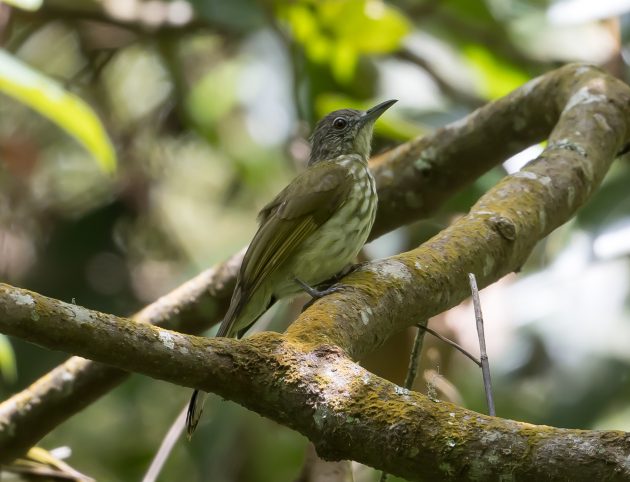
Neither I nor eBird are too excited about Mees’s White-eye either. eBird goes for “small warbler-like bird with a gray head, yellowish-green body”, which sounds rather noncommittal. This White-eye does not have the well-defined white eyerings of more typical White-eyes.
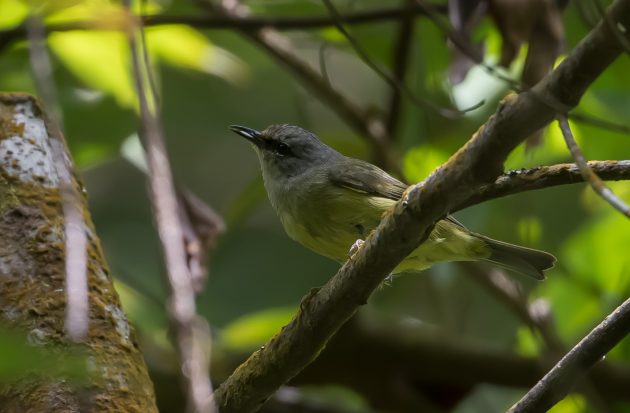
Gerlof Fokko Mees (1926 – 2013) was a Dutch ichthyologist, ornithologist, and museum curator who at some point took a strong interest in white-eyes. While he was of Dutch origin, it appears he only stayed in the Netherlands as long as his position as museum curator required it, and then spent the rest of his life in Australia. I wonder why.
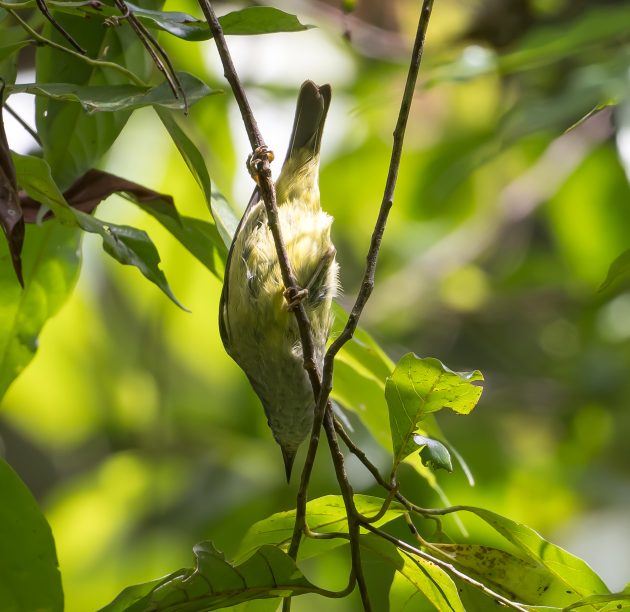
Horsfield’s Babbler isn’t really a very interesting species either, though I would probably not say that were an individual of the species present.
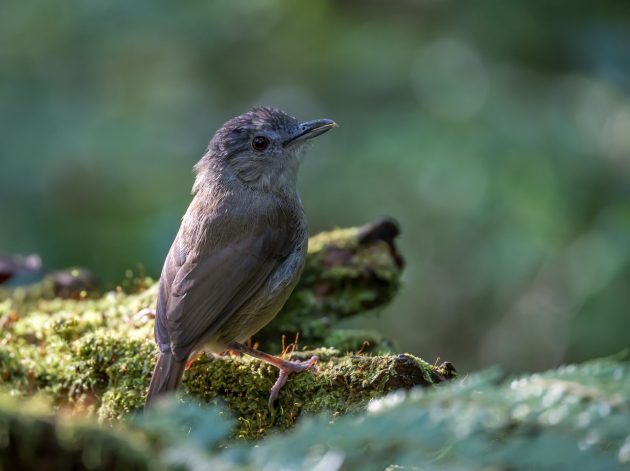
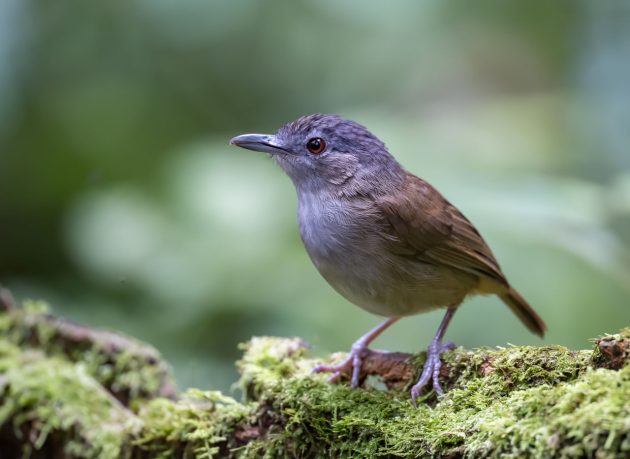
While there is a Master’s (?) Thesis on the Dark-backed Imperial Pigeon, it is in Bahasa, with only a brief and frankly not very interesting English abstract.
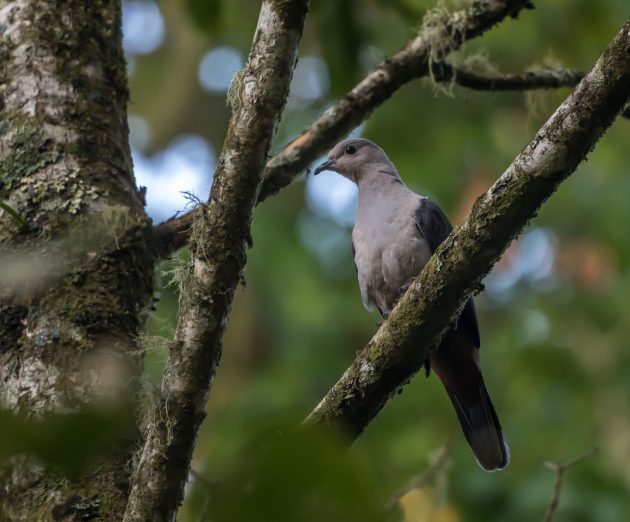
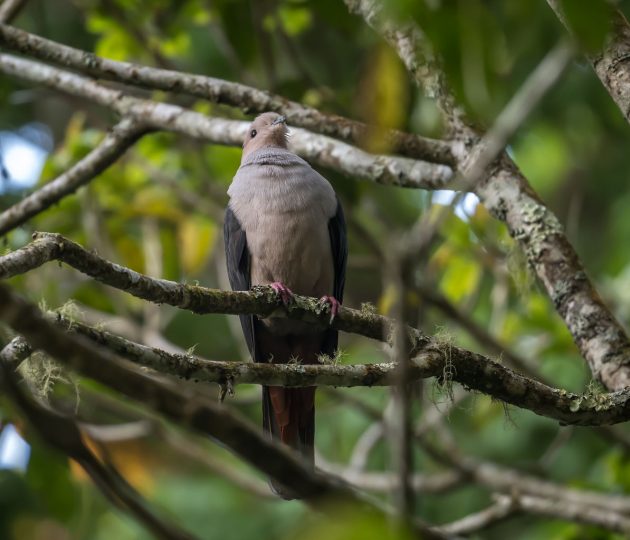
According to a paper from 2002, it is intensely hunted throughout its range – one indicator is the rather bad photo of the species used in the Cornell profile.
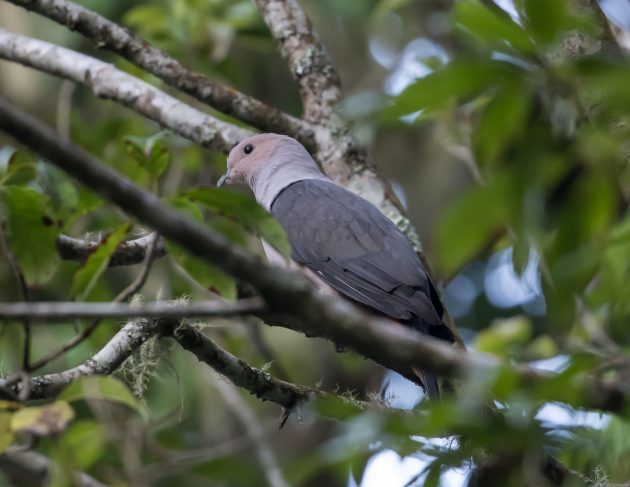
Fortunately, there were also three smaller colorful passerine species – the kind of birds I like most. One was a flock of Sunda Minivets.
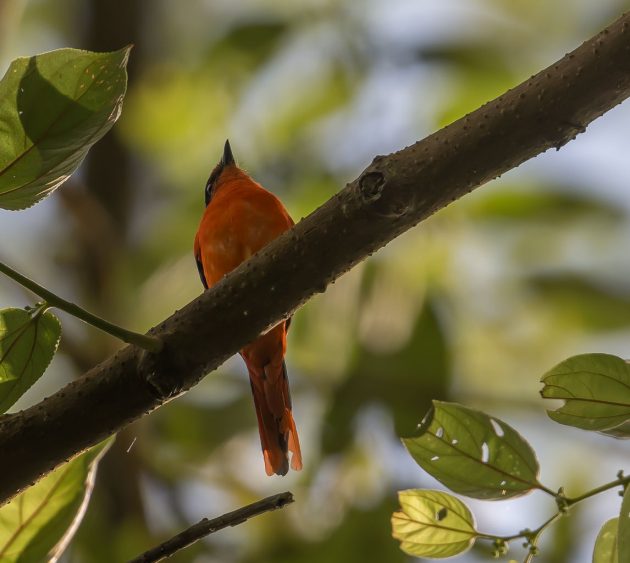
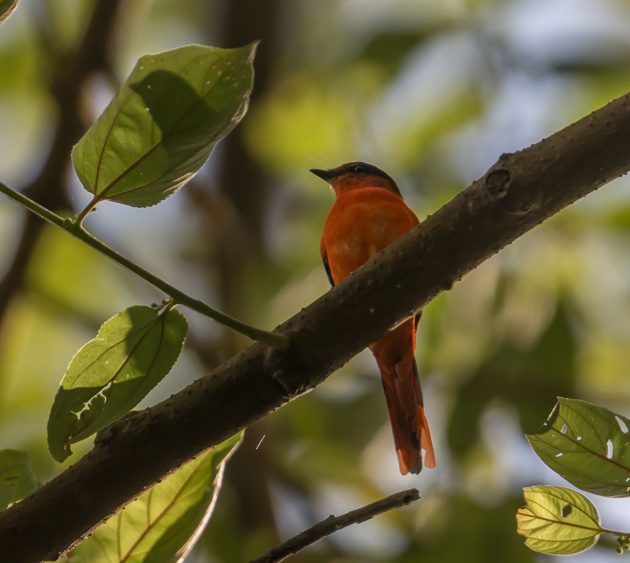
A family of Snowy-browed Flycatchers allowed direct comparison of the colorful male, the more subdued appearance of the female, and the spotty (akne?) sight of the juvenile.
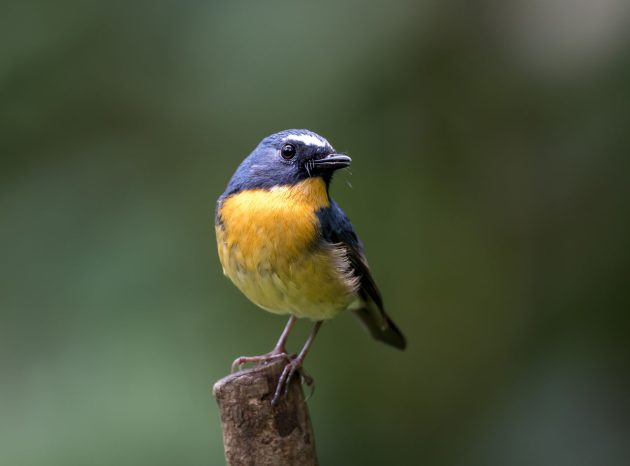
Unfortunately, I could not get them to pose together for a proper family photo, even though I offered to send them the file. Would have made a good Christmas card for them.
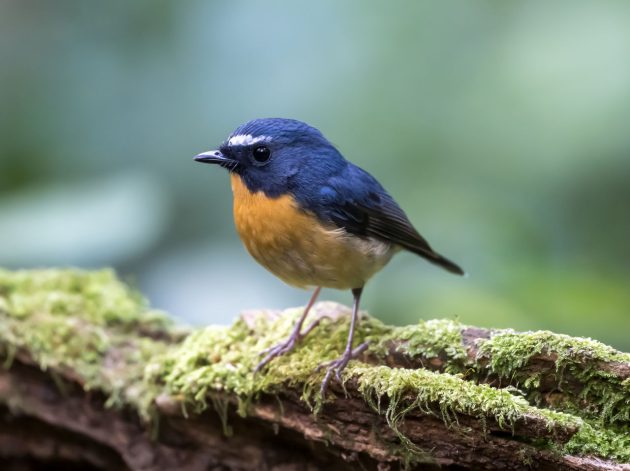
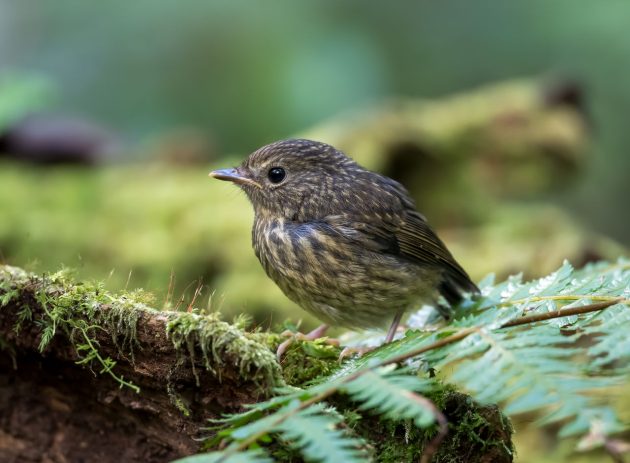
The scientific name Ficedula hyperythra indicates that the bird is reddish, which is not quite the color I see on my photos. Too late to rename the bird now, I guess.
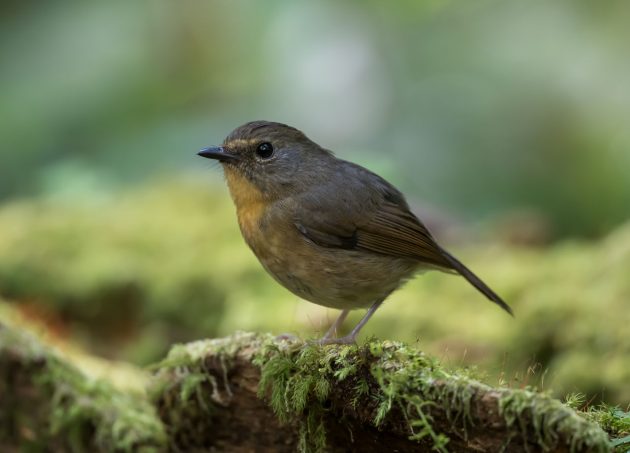
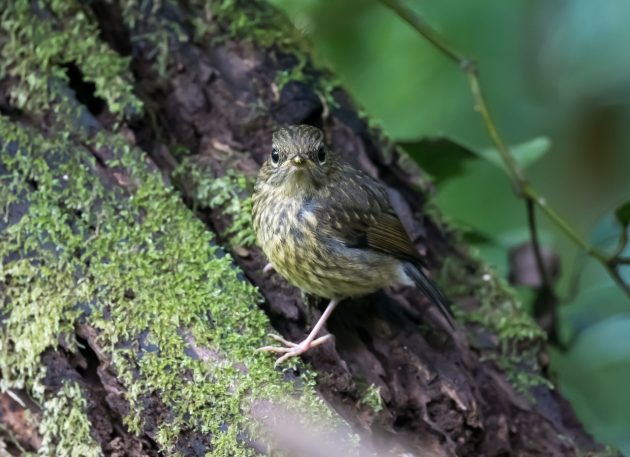
Finally, the Pale Blue Flycatcher has the same split between a very strongly colored male and a more subdued female (they did not bring any kids to the hide).
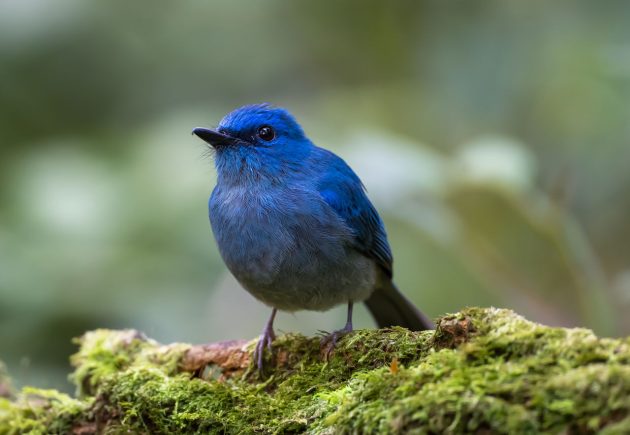

Based on the distribution information on the Cornell site, this should be the subspecies Cyornis unicolor cyanopolia, though I find almost no difference between the illustrations of the different subspecies.
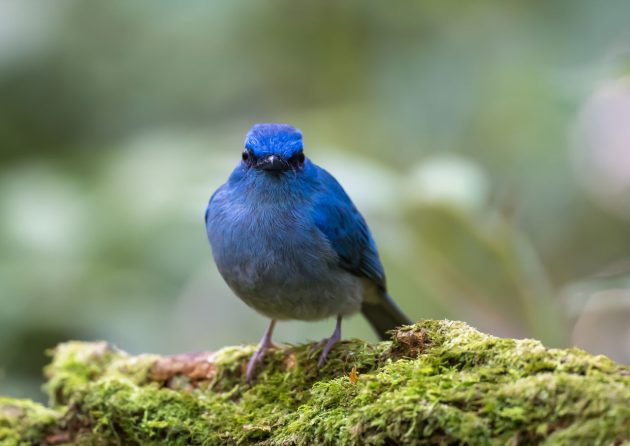
While the unicolor in the scientific name is easy to understand (“single color”), the subspecies name cyanopolia (“dark-blue-grey”) seems to contradict it immediately.
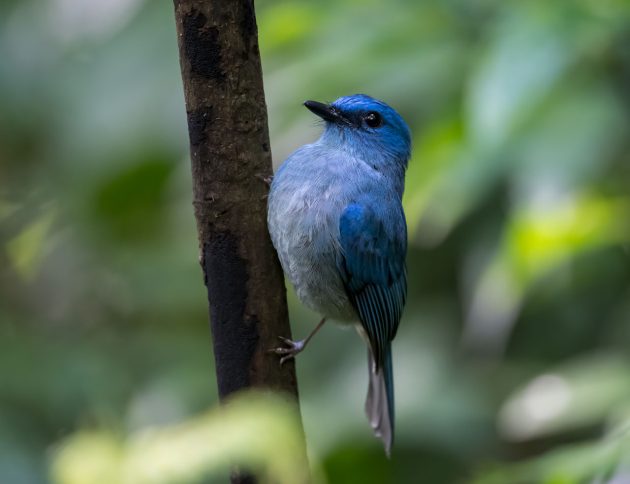
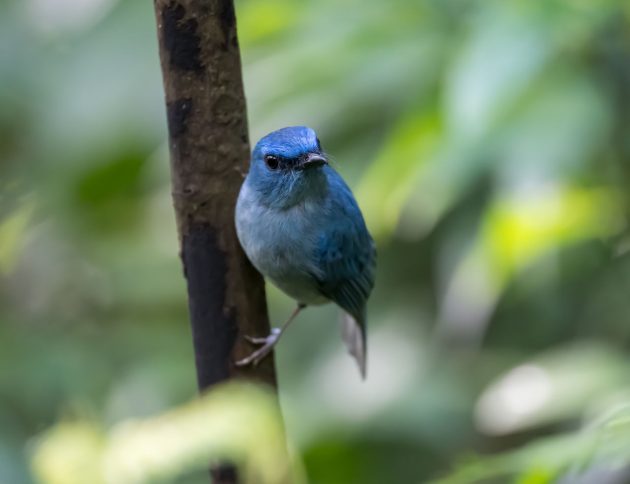






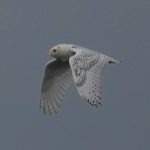
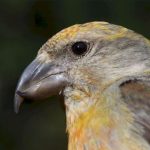
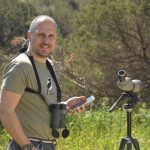

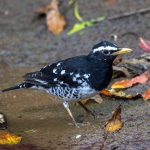

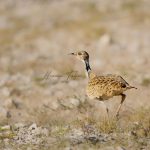
The beautiful pictures make me forgive the insinuation about The Netherlands. This time. However, “pale blue” seems to be a misnomer for the last bird on display. If that is pale than I am a white-faced partridge.
The Snowy-browed Flycatcher family group would have been a real catch!